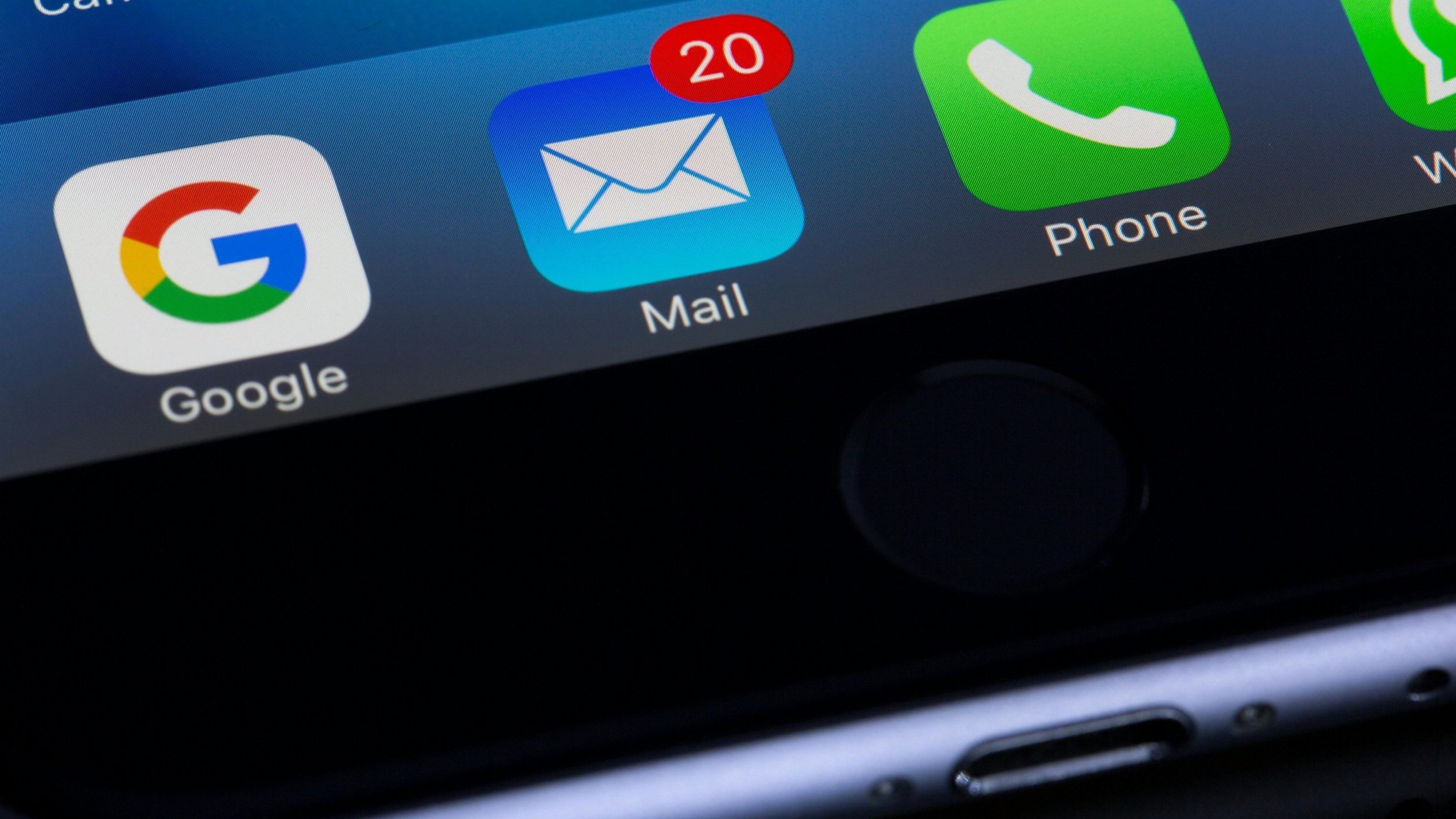Mastering the Art of Email Closings: A Guide to Ending on the Right Note
In today's digital age, email communication remains a cornerstone of professional and personal interactions. While the body of your email might contain critical information, how you close it can leave a lasting impression on the recipient. A well-chosen closing not only adds a touch of professionalism but also sets the tone for future correspondence. Let's explore some best practices to ensure you're ending your emails on the right note.
1. Consider the Context
Before selecting a closing, consider the context and relationship you share with the recipient. For formal business emails, a more traditional sign-off might be appropriate, while emails to close colleagues or friends could allow for a warmer tone.
Examples
Formal: "Sincerely," "Best regards," "Yours faithfully,"
Neutral: "Regards," "Kind regards," "Best,"
Informal: "Cheers," "Take care," "Warmly,"
2. Match the Tone of Your Message
Ensure that your closing aligns with the overall tone and content of your email. If you've shared exciting news or conveyed enthusiasm in your message, a closing that mirrors that sentiment can enhance your message's impact.
Examples
Enthusiastic Tone: "Looking forward to our collaboration!"
Appreciative Tone: "Thank you for your time and consideration."
Inquisitive Tone: "I look forward to hearing your thoughts."
3. Personalize When Possible
Adding a personal touch can make your email stand out and foster a more genuine connection. Consider referencing a recent conversation, shared experience, or expressing gratitude for their time or input.
Examples
"It was great catching up with you at the conference last week."
"Thank you for sharing your insights; I value your expertise."
4. Keep It Concise
While it's essential to convey gratitude or indicate your willingness to engage further, aim to keep your closing concise. Overly lengthy or elaborate sign-offs can distract from the email's primary purpose.
Examples
"Best wishes,"
"With appreciation,"
"Until next time,"
5. Review and Proofread
Before hitting the send button, always review your email for clarity, tone, and appropriateness. Ensure that your closing aligns with your message's intent and that there are no typographical or grammatical errors.
Examples
Incorrect: "Best retards,"
Correct: "Best regards,"
Leave a good Impression
Closing an email might seem like a minor detail, but it plays a crucial role in how your message is received and perceived. By considering the context, matching your tone, personalizing when appropriate, keeping it concise, and proofreading your closing, you'll ensure that your emails leave a positive and professional impression. Remember, the best way to close an email is one that resonates with your recipient and encapsulates the essence of your message. Happy emailing!
